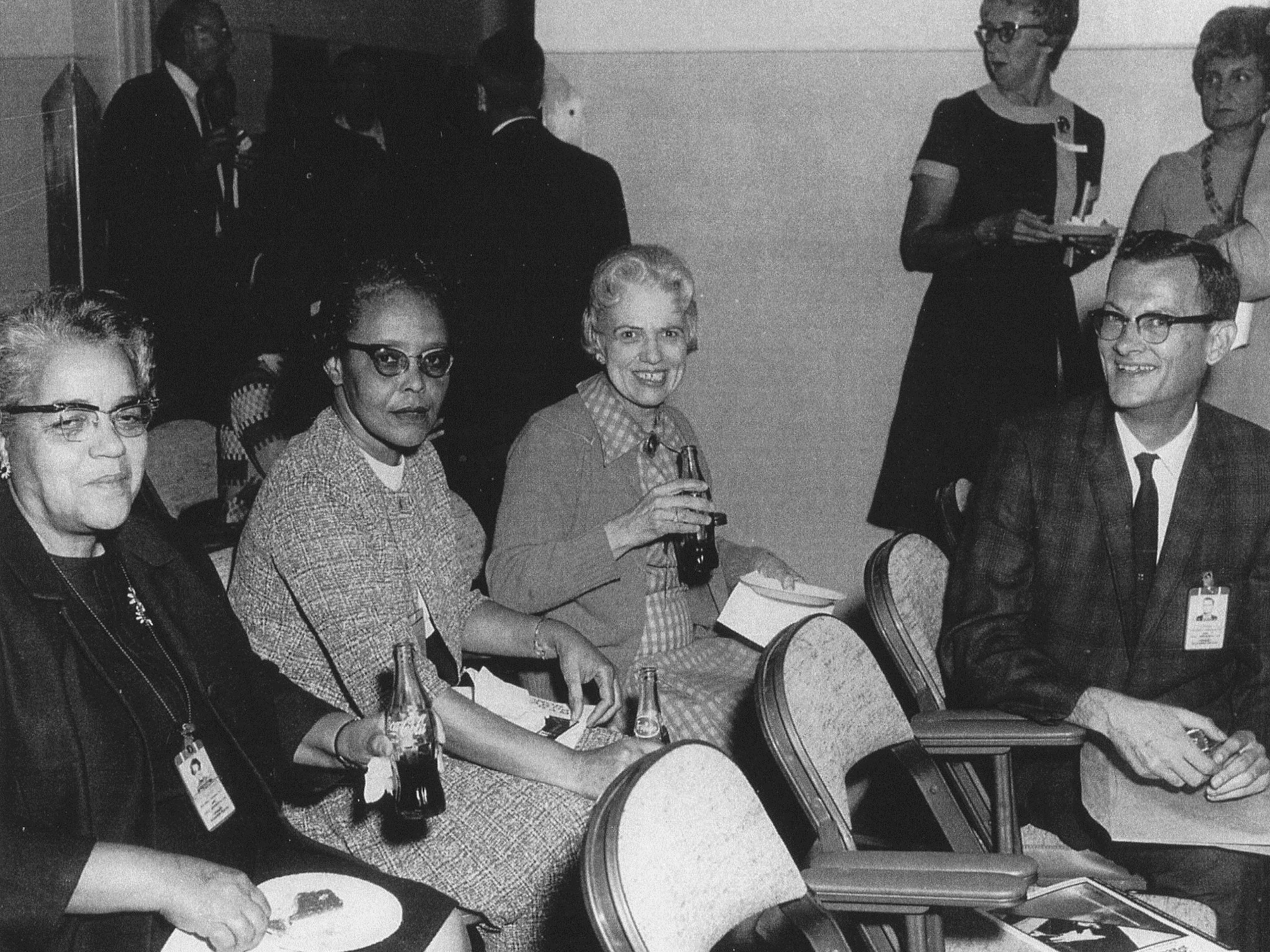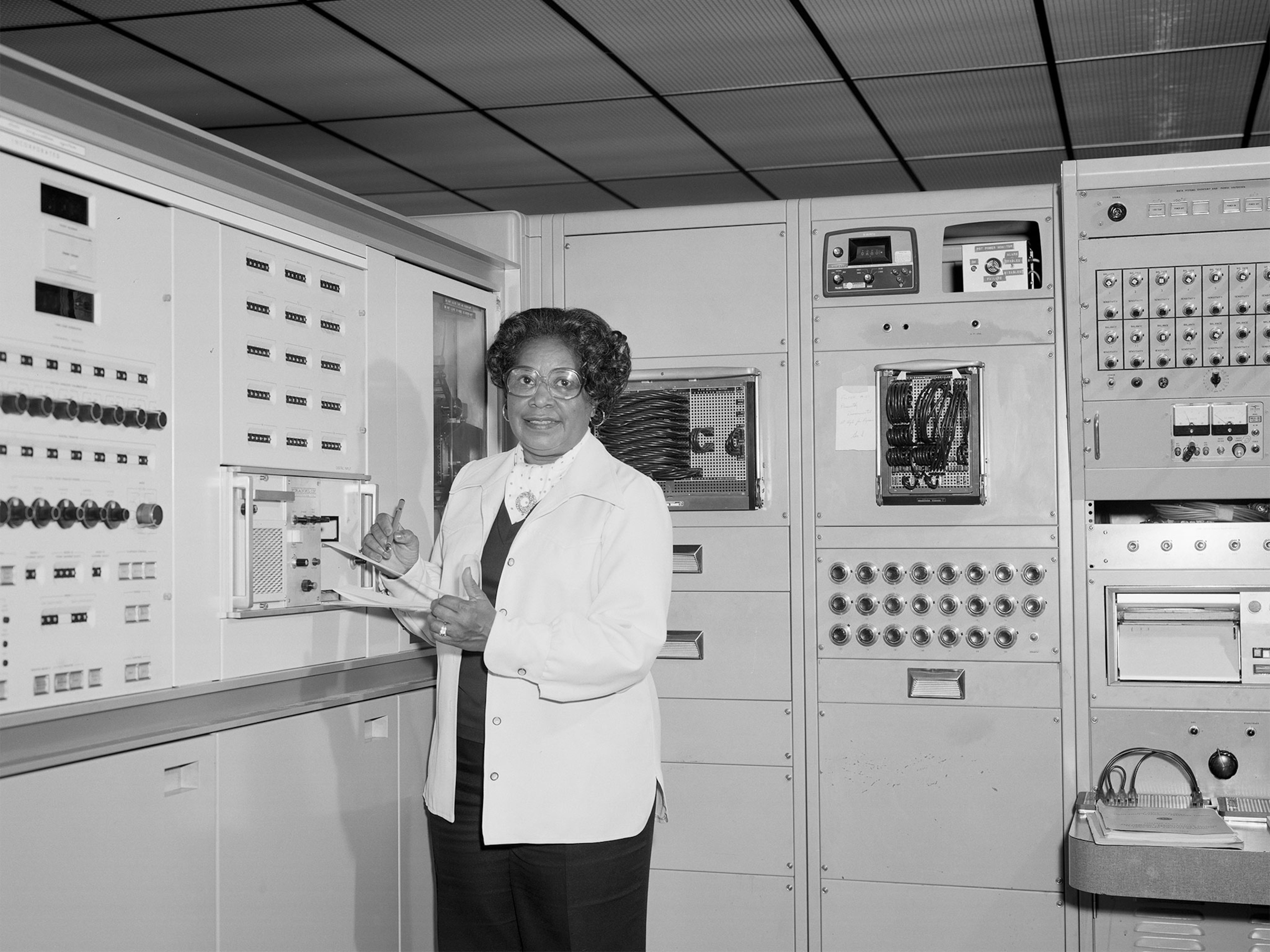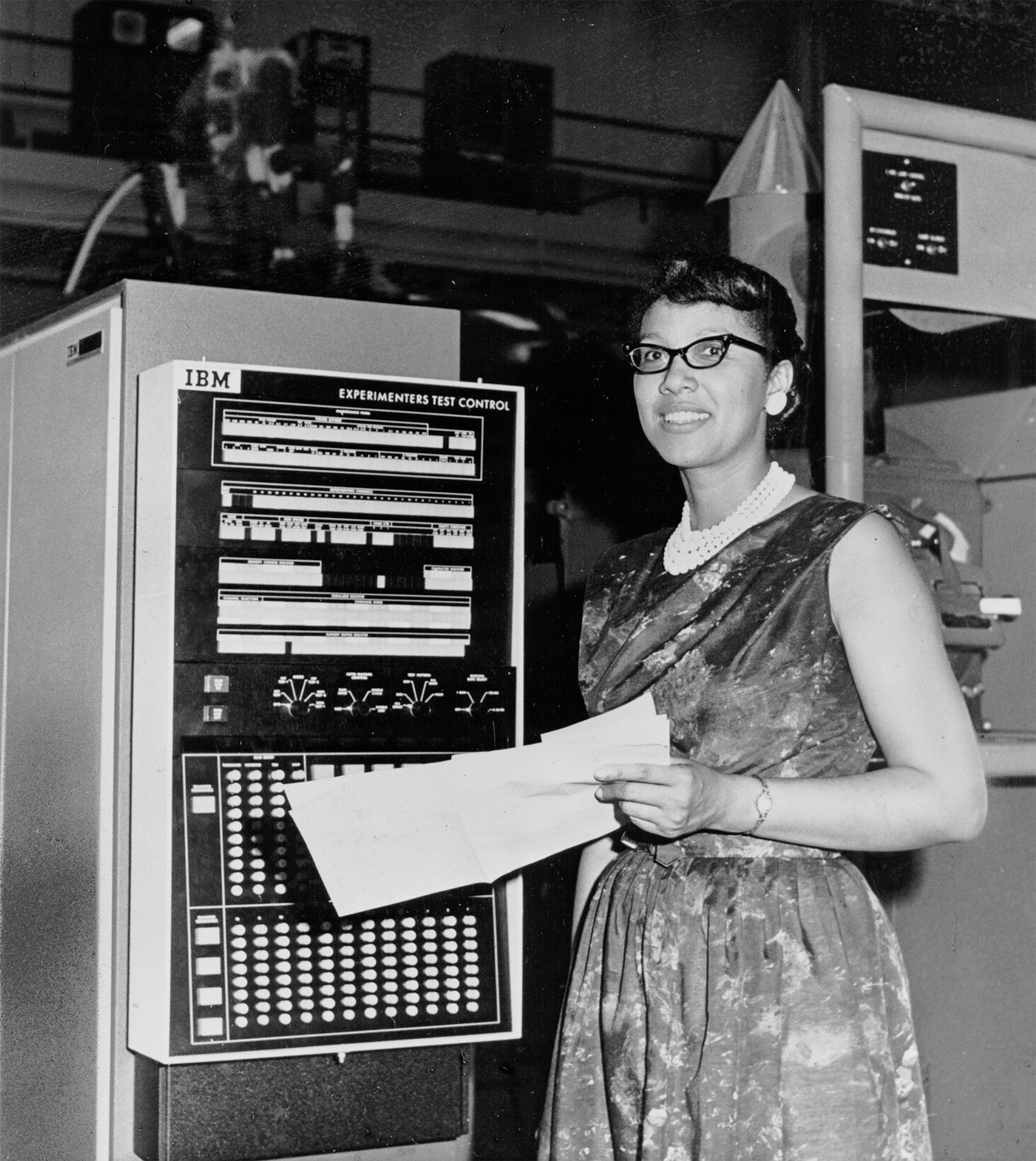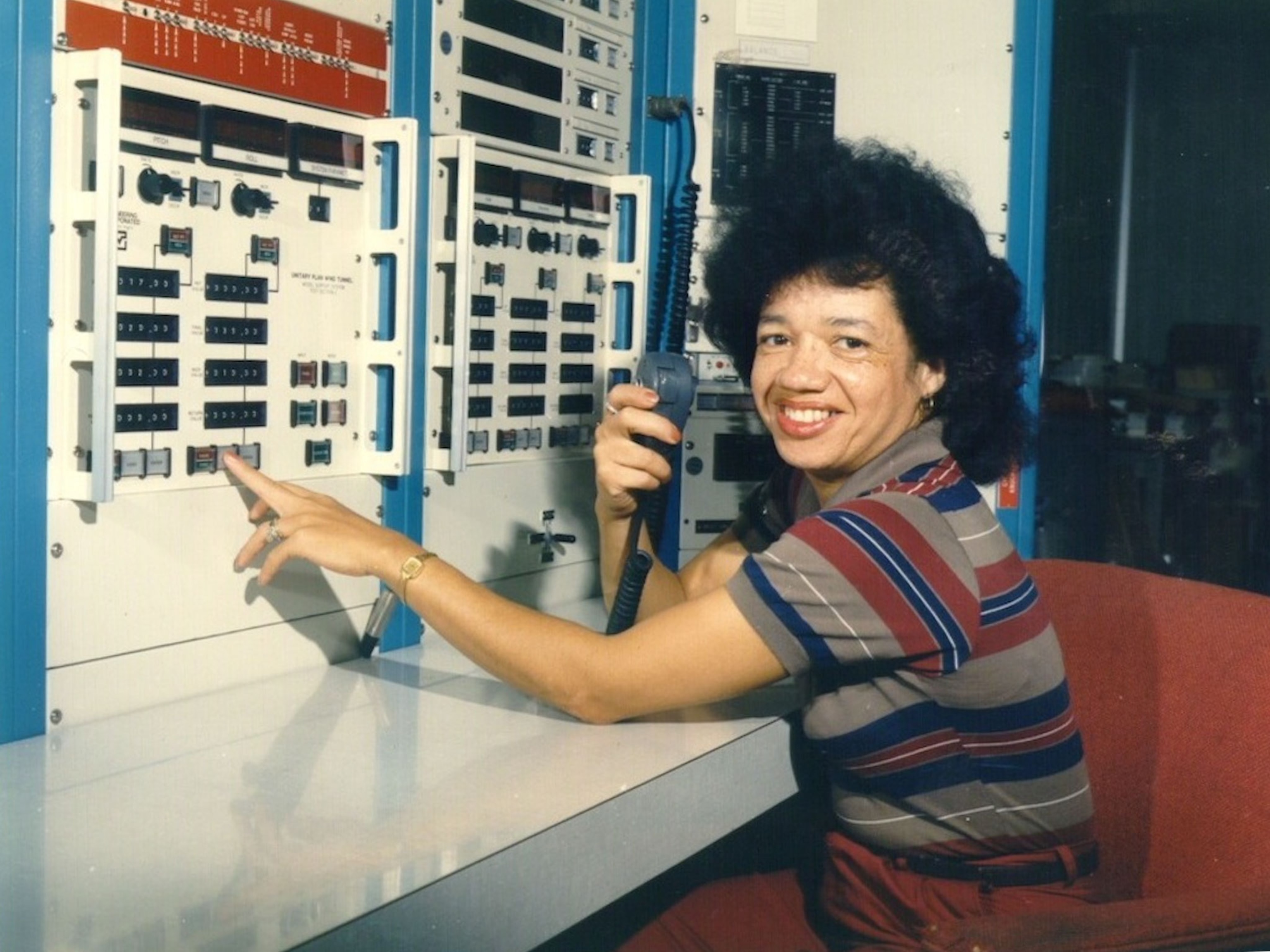
Historic Pictures Show the Hidden Women of the Space Race
Gifted in math, these African-American women were shattering stereotypes during the earliest days of NASA’s mission to the moon and beyond.
As a girl growing up in rural West Virginia, Katherine Johnson loved to count. She counted everything: the steps between her house and the road, the number of dishes she’d washed—anything that could be quantified.
Johnson started high school by the time she was 10. By 18, she’d finished college, where she excelled as a math major and was sometimes the only student in the hardest courses offered.
She was, by all accounts, brilliant.
That brilliance, which is chronicled in a recent book and the upcoming movie Hidden Figures, would eventually help the United States win the space race, a geopolitical competition that peaked with the Apollo 11 moon landing in 1969.
But in the first half of the 20th century, Johnson was penned in by stereotypes about her race and her gender, as well as Jim Crow laws that mandated the segregation of African-Americans.
With limited options, Johnson initially took a job teaching math, French, and music at Virginia public schools, since that was, she said, the obvious thing to do with her talents.
“You could be a nurse or a teacher,” she said in a video interview with MAKERS.
Then, in 1953, a small group of "human computers” at Langley Research Center in Virginia came calling. Mechanical computers were just beginning to emerge in research labs, so to perform complex calculations, most teams primarily relied on skilled people who were nimble-minded and facile with numbers. In aeronautics labs around the country, these jobs were often filled by women.

Johnson applied for a job as a computer at Langley and went to work under the direction of Dorothy Vaughan, the first African-American woman to supervise the center’s cadre of human calculators. Also among them was Mary Jackson, who would go on to become the first female African-American engineer employed by NASA.
After just two weeks, Johnson was transferred to the Flight Research Division, where she and her colleagues were eventually tasked with helping NASA meet the challenge posed by the Soviets with the 1957 launch of the Sputnik 1 satellite, followed by the 1961 orbital flight of Yuri Gagarin, the first human in space. (Also see “25 Years on, Collapse of Soviet Union Still Brings Cheers—And Tears.”)
In 1961, Johnson calculated and plotted the trajectory Alan Shepard’s space capsule would follow as it briefly left Earth. The next year, Johnson calculated and plotted the path astronaut John Glenn would take when he showed a restless, anxious country that it, too, could send a person into orbit and meet the Soviet challenge.
After circling the Earth three times, Glenn safely splashed down—but he reportedly was not willing to even begin his journey until Johnson had verified the calculations produced by a new breed of robotic computer (her computations matched the machine’s, and the rest is history).

In 1969, Johnson helped send Apollo 11 to the moon, which is the mission she’s most proud of.
“I computed the path that would get you there,” she told MAKERS. “We told them how fast they would be going, and the moon would be there when you got there.”
Johnson retired from NASA in 1986, and over decades of service she played a role in every space program the agency launched, including the space shuttle program. In 2015, President Obama awarded 97-year-old Johnson the Presidential Medal of Freedom.
“It was my job,” she says simply. “And I did my job correctly—and well.”
But the truth is, it wasn’t so easy.

When Johnson started calculating celestial trajectories, the civil rights movement was still gaining momentum, and the group of female computers Vaughan led was sequestered in a room with a sign outside that read “Colored Computers.”
Still, Langley not only recognized the expertise of these women and offered them jobs based solely on their abilities but trusted them with the astronauts' lives.
“Langley was an unusual place,” says Bill Barry, NASA’s chief historian. It was progressive, he says, and populated with scientists and engineers from all over the country who cared more about hard data than societal constructs.
“To some degree, they could ‘get away with’ flouting social conventions of Tidewater Virginia because of this,” Barry says. “The conditions were ripe for this stereotype-shattering anomaly to happen.”
Even now, Johnson, Vaughan, and Jackson stand out as role models for women like Christine Darden, who climbed atop their shoulders to become one of NASA’s preeminent engineers and a leading expert in supersonic flight.

Today, women—and especially minority women—continue to battle prejudice in the fields of mathematics, science, and engineering and struggle to prove that their brains are every bit as good as a man’s. It’s a frustrating reality, but one that can be changed.
“We hope that this story will inspire many young people to pursue education and their dreams,” Barry says. “After all, if there is one thing clear from our history, it is that you never know what kind of package your most brilliant employees might come in.”
[Editor's Note: This story has been updated to correct the year of the Apollo 11 moon landing.]








